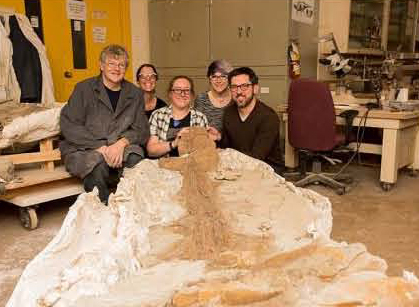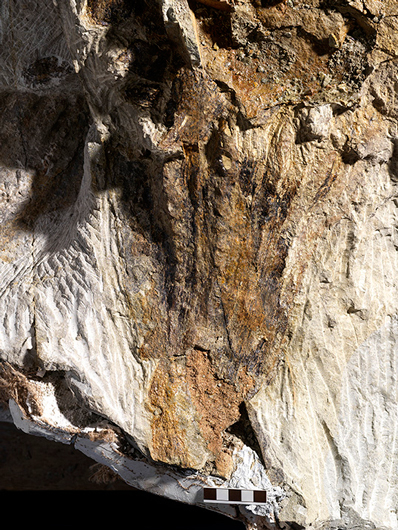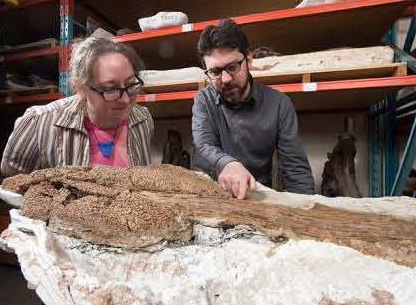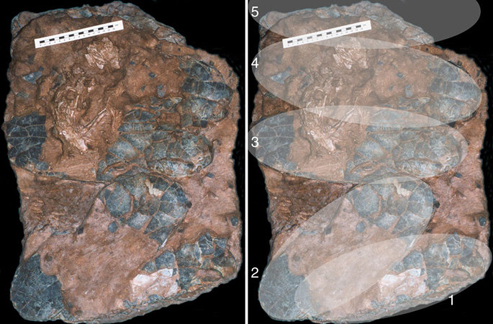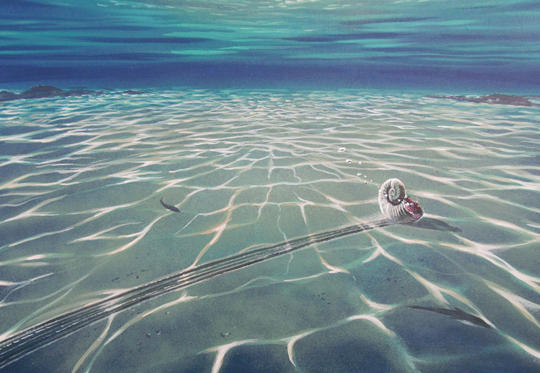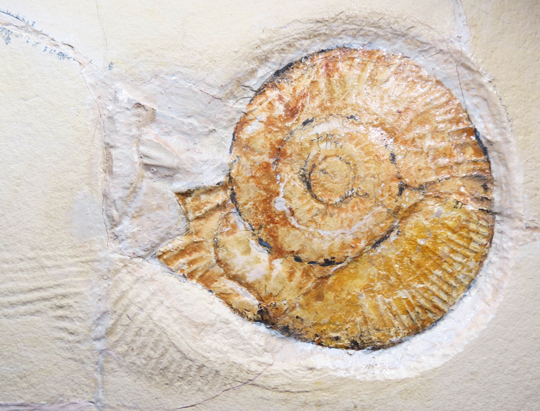JurassicCollectables Compares Remarkable Acrocanthosaurus Models
Papo Acrocanthosaurus Compared to Rebor Acrocanthosaurus
Over the last couple of years, dinosaur fans and model collectors have had the opportunity to obtain a number of replicas of the enigmatic Cretaceous theropod Acrocanthosaurus (A. atokensis). As well as the Safari Ltd replacement for the extremely rare Carnegie Collectibles Acrocanthosaurus, CollectA added an Acrocanthosaurus model into their Deluxe 1:40 range. In 2016, Rebor introduced their highly-acclaimed 1:35 scale replica “Hercules” and a few weeks ago Papo added Acrocanthosaurus to their “Les Dinosaures” series.
But how do these models compare? That’s a question that those clever people at JurassicCollectables set out to answer in their latest video review. In this video, the Rebor Acrocanthosaurus and the Papo Acrocanthosaurus are put side by side, viewers have the chance to compare and contrast these two models.
JurassicCollectables Compares Acrocanthosaurus Models
Video credit: JurassicCollectables
Giving Channel Subscribers What They Want
This comparison video came about as several subscribers to JurassicCollectable’s YouTube channel had requested it. We admire the way in which the team behind the video channel responded promptly to requests and in this short video, (duration just under two minutes), dinosaur fans get the chance to examine these two excellent replicas and compare and contrast them.
To subscribe to JurassicCollectables YouTube channel: JurassicCollectables on YouTube.
The Two Acrocanthosaurus Replicas are Compared
Picture credit: JurassicCollectables
The Papo Acrocanthosaurus (left) shown next to the Rebor 1:35 scale Acrocanthosaurus (right).
Acrocanthosaurus Dinosaur Models
Only a handful of body fossils of this large, meat-eating dinosaur have been found. It’s phylogenetic relationship within the Theropoda is still debated and exactly over what time period Acrocanthosaurus roamed the United States is difficult to establish definitively. Trackways from Texas have been ascribed to Acrocanthosaurus along with isolated teeth from as far away as Maryland in the eastern United States, even the exact size of this predator is controversial, although most estimates suggest a maximum length of around twelve metres.
Comparing the Heads of the Two Acrocanthosaurus Models (Papo and Rebor)
Picture credit: JurassicCollectables
As with all the videos from JurassicCollectables, the camerawork is excellent and the models are always in focus. In this video, the viewer is given the opportunity to get a really close look at these two striking dinosaur models.
Same Dinosaur, Different Styles but Similar Poses
The narrator points out that the Papo model’s head is lower than the Rebor replica version, both companies have depicted Acrocanthosaurus in a different way. However, there are similarities in the pose, particularly the position of the hind feet and the curve of the long tail. This is best seen from overhead (see picture), in the JurassicCollectables video, care has been taken with shot selection to ensure that these differences and similarities can be highlighted.
An Overhead View (Dorsal View) of the Papo Acrocanthosaurus and the Rebor Acrocanthosaurus
Picture credit: JurassicCollectables
Everything Dinosaur Comments
Commenting on the similar poses of the two dinosaurs, a spokesperson from Everything Dinosaur stated:
“It is all to do with stability. Although the Papo model has the added benefit of having its front claws resting on the ground to give support, when it comes to getting a large, bipedal figure to stand up it is important to get the balance point over the hips. The neck is slightly curved and the tail has been give an “S” shape in both these figures, this helps to balance the model and allows the design team to make the hind feet more in proportion with the rest of the sculpt.”
Both figures have their merits and it is great to see another type of apex predator included in a model range, other than the usual T. rex and Allosaurus figures.
To view the Papo Acrocanthosaurus and the rest of the Papo range: Papo Prehistoric Animal Figures.
For the Rebor 1:35 scale Acrocanthosaurus and the other Rebor replicas: Rebor Dinosaur and Prehistoric Animal Models.







